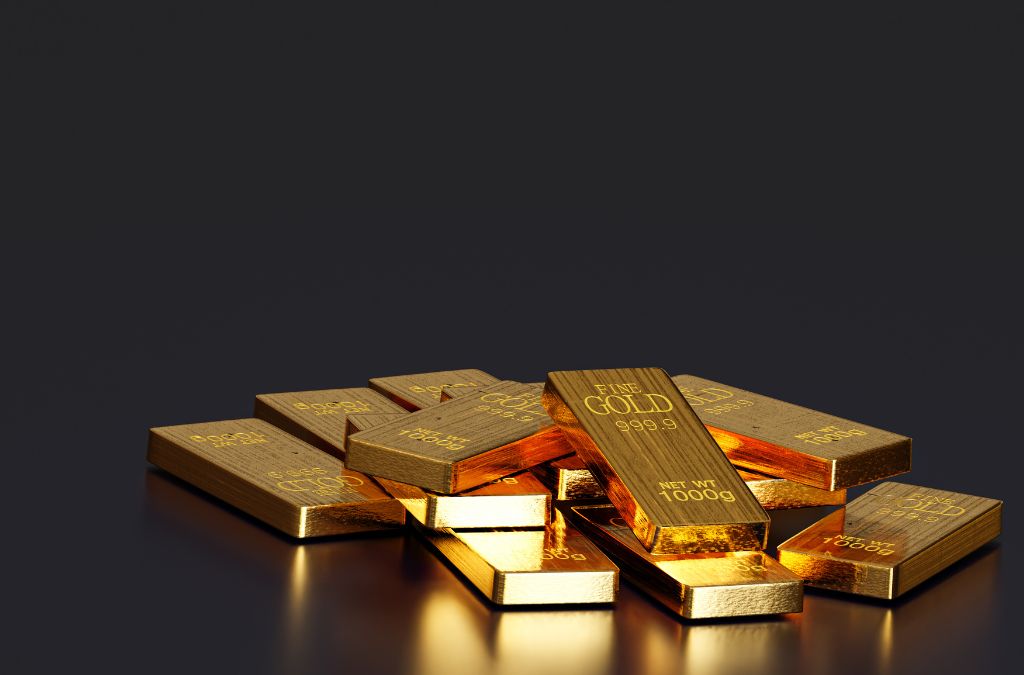Goldira Color Variations: What Determines Their Hue?
Goldira, a term often associated with the unique and captivating colors of gold, has intrigued many enthusiasts and collectors. The variations in hue can be attributed to several factors, each contributing to the distinct appearance of goldira. This article explores the elements that influence these color variations, providing insights into the fascinating world of Midland Trust customer support experience.
The Composition of Goldira
The primary factor influencing the color of goldira is its composition. Goldira is not pure gold; it is an alloy, which means it is a mixture of gold with other metals. The type and proportion of these metals significantly affect the color.
- Yellow Goldira: This is the most traditional form of goldira, typically composed of gold, silver, and copper. The balance between these metals gives yellow goldira its classic warm hue.
- White Goldira: Created by mixing gold with metals like palladium or nickel, white goldira has a silvery appearance. Rhodium plating is often applied to enhance its shine and whiteness.
- Rose Goldira: The pinkish tint of rose goldira comes from a higher copper content. This variation has gained popularity for its romantic and vintage appeal.
Influence of Metal Purity
The purity of gold in goldira is measured in karats, with 24 karats representing pure gold. The karat value affects the color intensity and durability of the goldira.
- 18K Goldira: Contains 75% gold and 25% other metals, offering a good balance between color richness and durability.
- 14K Goldira: With 58.3% gold, this variation is more durable and has a slightly paler color compared to 18K goldira.
Impact of Manufacturing Techniques
The methods used in crafting goldira can also influence its color. Techniques such as alloying, casting, and finishing play a role in the final appearance.
- Alloying: The process of mixing metals can be adjusted to achieve specific color outcomes, allowing for customization in goldira production.
- Finishing: Techniques like polishing, brushing, or sandblasting can alter the surface texture and color perception of goldira.
Environmental Factors
External conditions can affect the appearance of goldira over time. Factors such as exposure to air, moisture, and chemicals can lead to changes in color.
- Oxidation: Metals like copper in rose goldira can oxidize, leading to a darker patina over time.
- Corrosion: White goldira may lose its rhodium plating, revealing the underlying yellowish tint.
Case Studies and Examples
Examining real-world examples can provide a deeper understanding of how these factors come into play. Consider the following case studies:
- Vintage Jewelry: Many antique pieces exhibit unique color variations due to the natural aging process and historical alloy compositions.
- Modern Customization: Jewelers today offer bespoke goldira pieces, allowing clients to choose specific alloys and finishes to achieve desired hues.
Statistics on Goldira Preferences
Consumer preferences for goldira colors have evolved over time. Recent surveys indicate trends in popularity:
- Yellow Goldira: Remains a favorite for traditional jewelry, with 40% of consumers preferring its classic look.
- White Goldira: Chosen by 35% of buyers, particularly for engagement rings and modern designs.
- Rose Goldira: Gaining traction with 25% of consumers, especially among younger demographics.
Conclusion
The color variations in goldira are a result of a complex interplay between composition, purity, manufacturing techniques, and environmental factors. Understanding these elements allows enthusiasts and collectors to appreciate the unique beauty of each piece. Whether it’s the timeless allure of yellow goldira, the sleek elegance of white goldira, or the romantic charm of rose goldira, each hue tells a story of craftsmanship and creativity.

